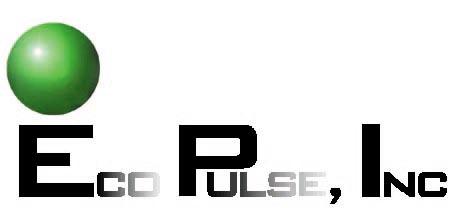

In x-ray diagnostcs of plasmas, the x-rays from about 1-keV to 10~keV and above have wave lengths on the order of 1 nm and shorter. So do the distances between the atoms in crystals. Ever since (von) Laue recognized this equality, crystals have become instrumental in the characterization of x-rays already within a decade or so after their discovery around 1900. X-rays and crystals continue to be complementary in scientific research and in technical applications: the quality of single crystals can be verified with well-characterized x-rays, and x-rays can be purified, or made close to monochromatic, with high-quality single crystals. The latter is the bread and butter of x-ray optics at synchrotrons. Those crystals are mostly flat, without strain, and their x-ray reflection properties are well-known. Google for "x-ray server" or "xop x-ray" for useful web sites.
Plasmas are known through their radiation. As mentioned, the radiated photons are often between 1 keV and 10 keV in energy, and many crystals reflect such energies well. The reflection is most easily thought of as occurring from parallel planes in the crystal. An x-ray reflects from the crystal when its wave length fits just between two neighboring planes: perpendicular reflection occurs when the x-ray energy E=hc/2d, where 2d is twice the spacing between the crystal planes. An x-ray reflects at an angle N with the normal when its energy is a factor 1/cos(N) larger, or the factor 1/sin(A) for a (Bragg) angle A with the reflecting plane. Convenient lists of crystals and their perpendicular reflection energies (and much additional information besides) is found by googling for "Systematic search for spherical crystal X-ray microscopes matching 1 to 25 keV spectral line sources" by Sandia's Schollmeier and Loisel.
Most useful for plasma diagnostics with x-rays are silicon, germanium, and quartz, in part because these crystals are available in high purity and at comparatively low prices, thanks to their use in the electronics industry. Other factory-grown crystals such as lithium fluoride and lithium niobate occur as well, as does mica: this is the sole naturally occurring crystal still in frequent use for x-ray diagnostics. Mica has a special niche for x-rays below 1~keV. Besides high quality and low price, it is important that the crystals can be made thin enough to bend without cracking. Quartz is the least brittle of the crystals mentioned, and therefore often a favorite choice.
Examples are two nominally identical spherically curved crystals, both made to image hot Si with qauartz' (10-11) crystal plane: its 2d-spacing (0.6687 nm) corresponds to 1.86~keV x-rays from He-like Si. They are about 25 mm in diameter, and their 250 mm bending radius is maintained through optical contact with a quartz substrate. These crystals are intended to image a hot silicon plasma, because the Typical data from these and similar crystals are in Stoeckl2018: future x-ray images may be better in the future if ongoing work on improving the fabrication works out. Progress in these and similar efforts is documented in papers in 2015, 2018, 2021, and further in future papers on the topic.
Ecopulse's crystals are made in Russia by Dr. E. O. Baronova. She has made them with many different cuts of quartz, silicon, and germanium, of mica, and of other crystals. They are mostly used by large Government laboratories, for diagnostics of tokamaks and for intertial confinement fusion studies, and at Universities with laser-produced plasmas. The publications that result rarely mention who made their bent crystals: here is one exception; others are in this list.
All professionals in this field know that the crystals are made individually, hence they vary in quality. So far, the vast majority of Dr. Baronova's crystals have performed well enough that users have not complained but instead asked for more. Visible flaws at the edge, as in this example, may be outside the region that reflects the x-rays, and therefore irrelevant even though it doesn't look good. And, a composite crystal, with 4 nominally identical Ge wafers on a single substrate, may look perfect but not work because the 4 crystal planes are not parallel enough for the purpose. There is no guarantee that a specific crystal performs as desired: instead, they are made with the greatest care by specialists in the field, and usually they work well.
Should you be interested in having such crystals made, please contact Nino R. Pereira at ninorpereira@gmail.com, or Dr. Baronova directly at baronova04@mail.ru, for further information including fabricatability and price. Smaller crystals with easy cuts and moderate radii of curvature, in quartz or other common crystals, tend to cost around $ 5,000, while larger crystals, smaller curvature radii or more difficult cuts may cost more than $ 10,000. Fabrication typically takes 2-3 months, which implies delivery 3-4 months after after receipt of an order (ARO). On rare occasions delivery has been within 3 months of first enquiry, even before a formal Purchase Order could be issued.